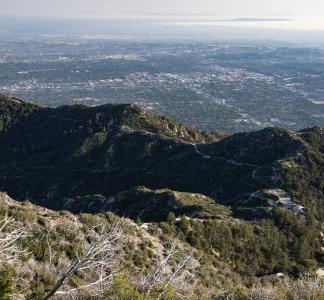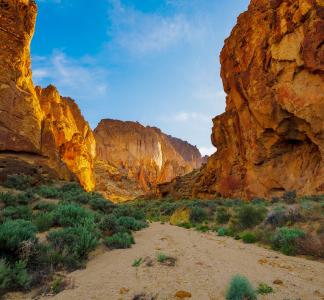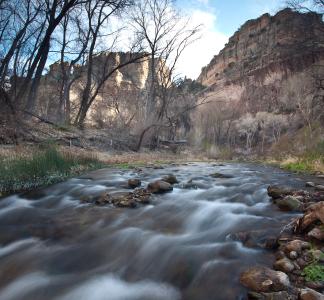California monument expansions are major wins for local communities
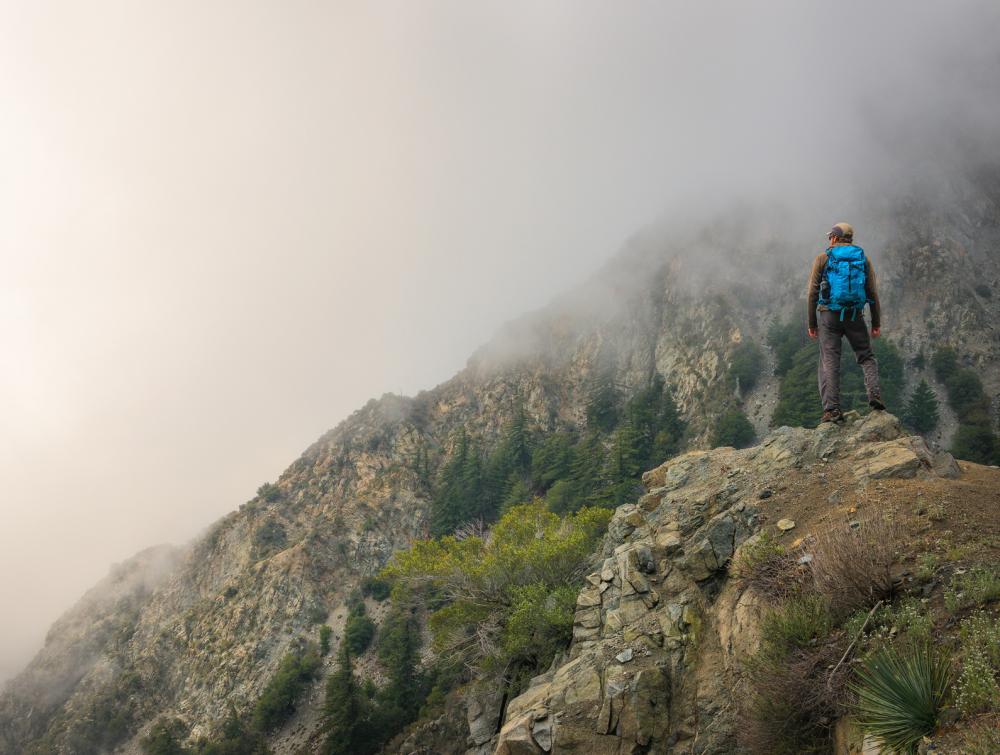
San Gabriel Mountains National Monument, California
Mason Cummings, TWS
President Biden delivers on promises to respect Tribal voices, expand outdoor access
In a major victory for communities in California, President Biden has expanded both San Gabriel Mountains National Monument and Berryessa Snow Mountain National Monument. Together, these expansions will protect over 100,000 acres of rich landscapes for the benefit of people and nature alike. Here’s what each expansion entails:
San Gabriel Mountains National Monument
The San Gabriel Mountains—a landscape of shrubland and mixed forests nestled against Greater Los Angeles—is a rare stretch of green space in the densely developed urban area. In fact, these mountains account for a whopping 70% of open space in Los Angeles County, providing outdoor access to millions while safeguarding vanishing habitat.
President Obama took a major step to protect the area by designating San Gabriel Mountains National Monument in 2014, but the monument’s original 347,000 acres could not meet the demands of such a populous city. This expansion delivers on repeated requests from local advocates and allies to incorporate adjacent land in the Angeles National Forest into the monument—increasing access for communities in the suburban San Fernando Valley.
The expansion will also safeguard a critical clean drinking water source, helping to ensure that the drought-stricken region’s already stressed supply is offered some relief.
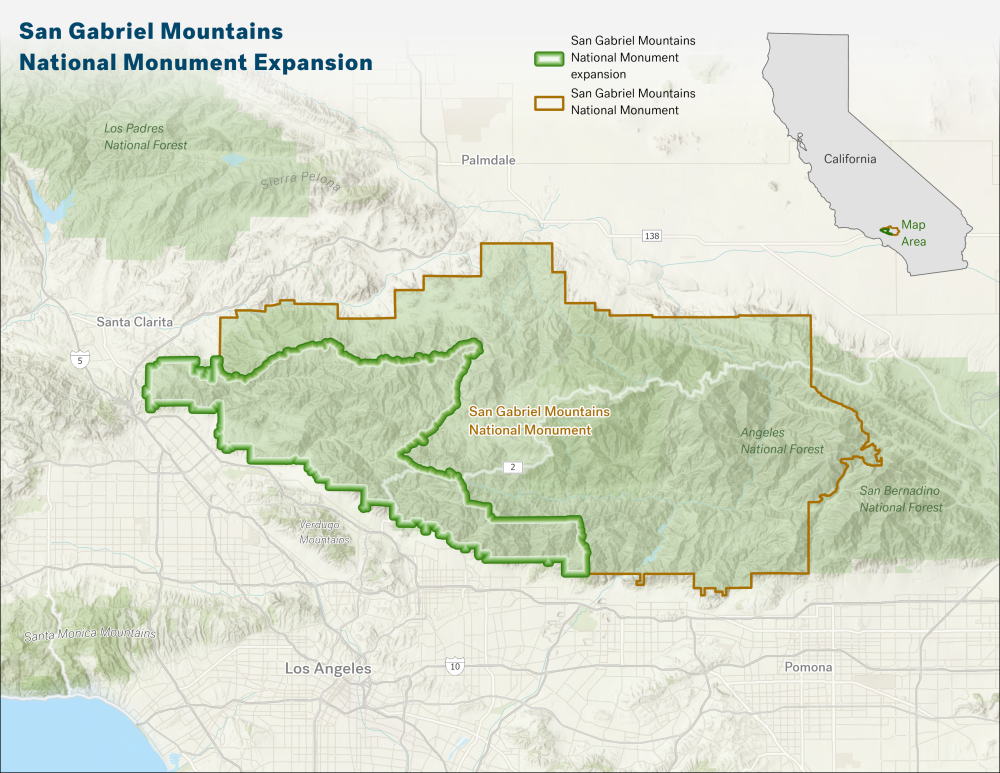
A map showing the current boundaries and proposed expansion of San Gabriel Mountains National Monument.
Phil Hartger
Berryessa Snow Mountain National Monument
Hundreds of miles north of Los Angeles, Berryessa Snow Mountain National Monument houses one of the most biologically diverse areas in California. From chapparal hills to conifer forests, the habitats in the monument’s boundaries are vital for iconic raptors as well as seriously threatened steelhead salmon.
But just outside the monument, an ecologically sensitive and culturally significant area has sat on unprotected public lands. The area known as Molok Luyuk—“Condor Ridge” in the Patwin language—is sacred to the the Yocha Dehe Wintun Nation, who still maintain an intimate relationship with the landscape. It’s also a critical migratory passage for big mammals like mountain lions and home to dozens of rare plant species.
With this expansion, Molok Luyuk will now be permanently protected and put on a path towards co-management with Tribes.
Looking forward: more monuments to come
These monument expansions are a major victory in their own right—and an important step in the quest to conserve 30% of lands and waters by 2030—but there are many more proposed national monuments waiting for designation. If President Biden hopes to cement a legacy as an environmental leader, he should move quickly to act with the remainder of his term!
